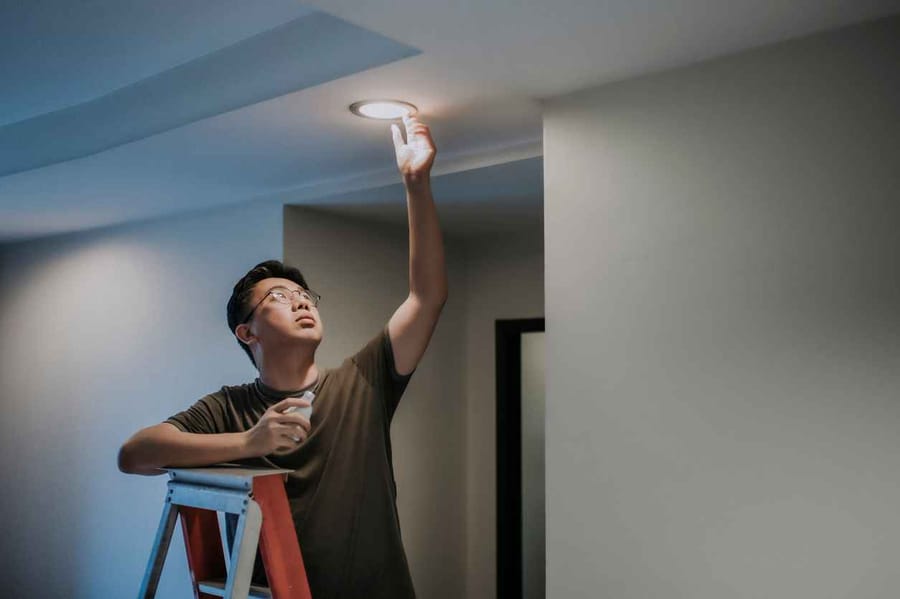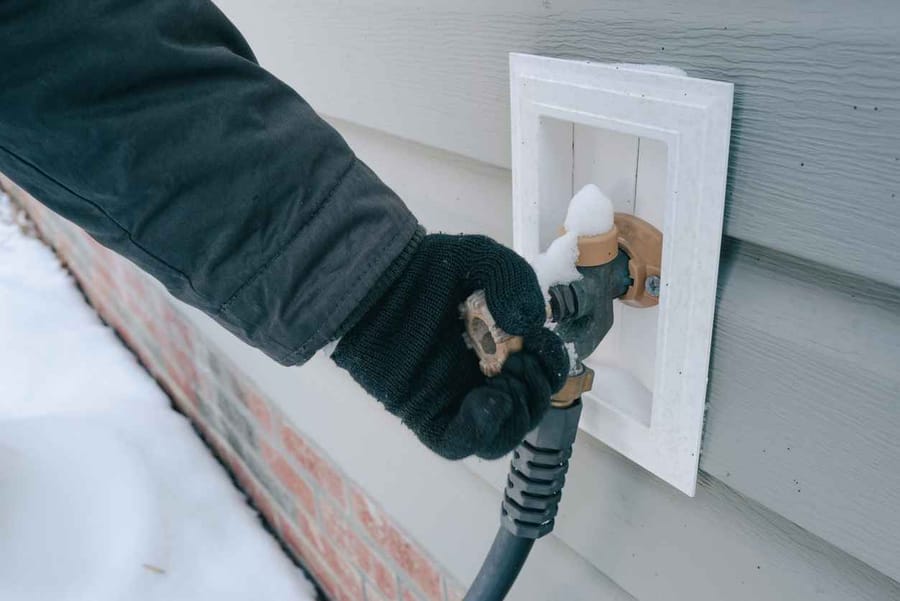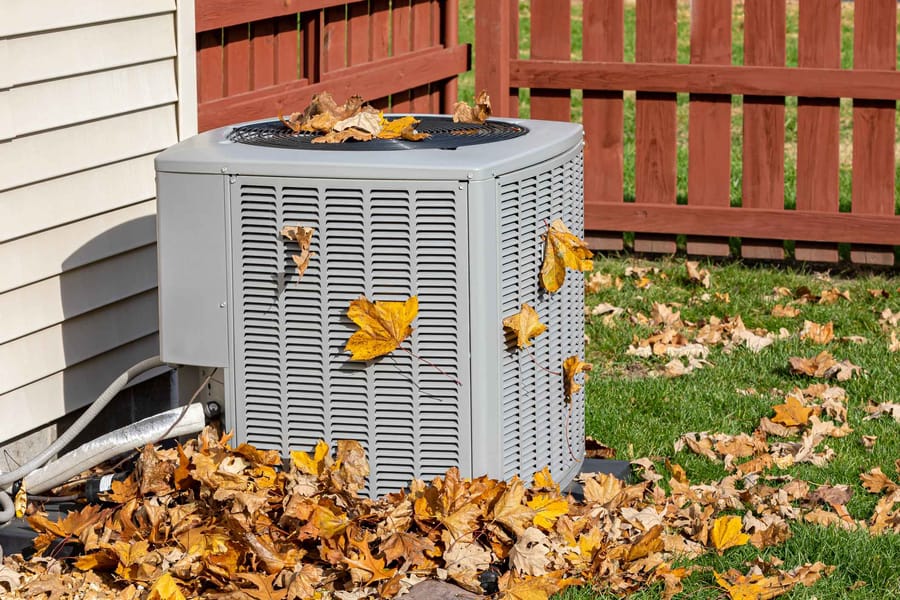Financing Available
How to Flush a Water Heater
Is your hot water running out faster than usual—or not as hot as it used to be? Sediment buildup inside your water heater may be to blame. Over time, minerals from your water supply settle at the bottom of the tank, creating a barrier that reduces efficiency and strains your system. Left unchecked, this buildup can lead to rumbling noises, rusty water, and even premature failure.
The good news? Flushing your water heater is a straightforward maintenance task that can restore performance and extend the life of your unit. In this guide, Donnelly’s Plumbing, Heating & Cooling explains how to flush your water heater safely—and when it’s time to call in a pro.
Why Flushing Your Water Heater Matters
Your water heater works hard every day, and like any appliance, it needs regular care to stay efficient. One of the most important maintenance tasks? Flushing the tank. Over time, sediment and mineral deposits—especially in areas with hard water—accumulate at the bottom of the tank.
Why that matters:
- Reduced efficiency: Sediment acts as an insulator, making it harder for your water heater to do its job. This leads to longer heating times and higher energy bills.
- Increased wear and tear: The buildup can overheat parts of the tank, causing metal fatigue and shortening the lifespan of the unit.
- Noisy operation: Popping or rumbling sounds during heating cycles are a sure sign that sediment is interfering.
- Risk of clogs or leaks: If ignored too long, buildup can block valves or cause corrosion that leads to tank leaks.
Flushing removes this sediment and keeps your water heater operating smoothly for years to come.
Signs It’s Time to Flush Your Water Heater
Not sure if your water heater needs flushing? Your system may already be showing signs of sediment buildup. Here’s what to watch for:
Rumbling or Popping Sounds
- If you hear loud noises coming from the tank while it heats, it’s likely sediment bubbling and shifting inside.
- This is a clear sign that the buildup is interfering with performance.
Water takes Longer to Heat
- If your water isn’t getting as hot as it used to—or it takes much longer to heat up—you could have sediment insulating the burner or heating element.
Discolored or Cloudy Water
- Water with a rusty tint or cloudy appearance may contain minerals or debris stirred up from the bottom of the tank.
It’s Been Over a Year Since Last Maintenance
- If your water heater hasn’t been flushed in the last 12 months, it’s due—especially in homes with hard water.
Spotting these symptoms early can help you avoid larger problems down the line.
How to Flush Your Water Heater (Step-by-Step)
Flushing your water heater is a manageable DIY task if you’re comfortable working with plumbing equipment. Just follow these steps carefully to flush out sediment and restore efficiency:
1. Turn Off the Power or Gas Supply
- For electric units, switch off the breaker.
- For gas heaters, set the thermostat to “pilot” or shut off the gas valve entirely.
2. Turn Off the Cold Water Supply
- Locate the cold water valve at the top of the tank and close it to stop incoming water.
3. Connect a Garden Hose to the Drain Valve
- Attach the hose to the drain valve near the bottom of the tank.
- Place the other end in a floor drain, outside, or into a large bucket.
4. Open the Pressure Relief Valve
- Flip open the T&P (temperature and pressure) relief valve to allow air in and water to drain faster.
5. Open the Drain Valve and Let Water Flow Out
- Carefully open the drain valve and let the water (and sediment) flow until the tank is empty.
- You may notice discolored or cloudy water at first—this is normal.
6. Flush With Fresh Water
- With the drain valve still open, briefly turn on the cold water supply to stir and flush out remaining sediment. Repeat until water runs clear.
7. Close the Valves and Refill the Tank
- Close the drain valve and pressure relief valve.
- Turn the cold water supply back on and let the tank fill completely.
8. Restore Power or Gas
- Once the tank is full, turn the breaker or gas supply back on and allow the water to reheat.
When to Call a Professional
While flushing a water heater can be a simple DIY job, there are situations where calling a licensed plumber is the smartest move. If something doesn’t seem right—or if your system hasn’t been maintained in years—it’s best to leave it to the pros at Donnelly’s Plumbing, Heating & Cooling.
Here’s when to call in expert help:
- The drain valve is clogged or leaking: Sediment buildup can block drainage or damage the valve itself.
- You’re uncomfortable shutting off power or gas: Safety should always come first—if you’re unsure, don’t risk it.
- Water is still discolored after flushing: This may indicate a more serious internal issue or advanced corrosion.
- Your water heater is over 10 years old: Older units are more prone to damage during flushing and may need inspection or replacement.
- You’re experiencing frequent hot water issues: If sediment is just one symptom, a professional diagnosis ensures nothing is missed.
Professional water heater maintenance ensures the job is done thoroughly and safely—giving you peace of mind and consistent hot water.
Keep Your Hot Water Flowing With Donnelly’s
Flushing your water heater is one of the simplest ways to extend its life, improve performance, and avoid costly repairs. With just a hose, a few tools, and some careful steps, most homeowners can tackle this maintenance on their own. But when sediment buildup becomes a bigger problem—or if your system needs a closer look—professional support makes all the difference.
At Donnelly’s Plumbing, Heating & Cooling, we’ve helped homeowners in Lansdale keep their water heaters running strong for years. Whether you need routine maintenance, expert repairs, or a brand-new system, we’re just a call away.
Contact us today to schedule a water heater flush or service and enjoy reliable hot water all year long.
Recent Posts



